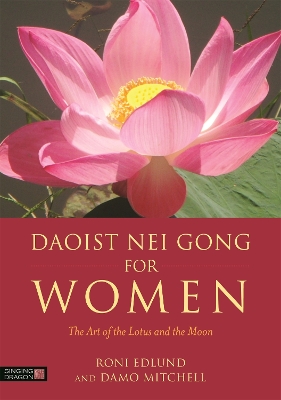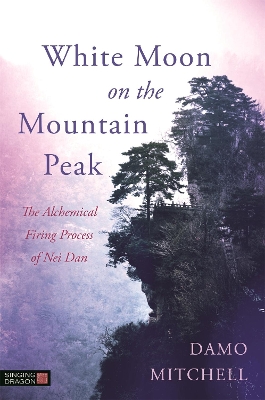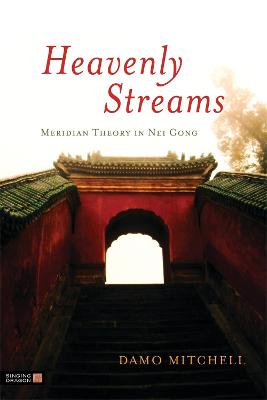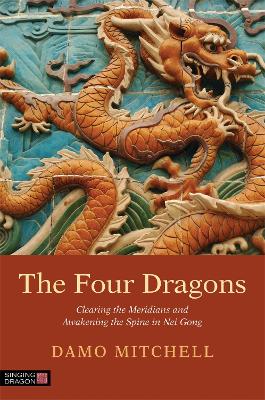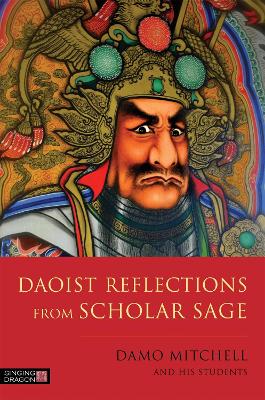Daoist Nei Gong
6 total works
Nei Gong has been a well-kept secret within the Daoist sects of China for centuries. Based upon the original teachings of the great sage Laozi, it has only ever been taught to close students of the masters chosen as the heads of the ancient orders.
This book provides a breakdown of the entire Nei Gong process, and explains in plain English the philosophy which underpins Nei Gong practice, and which is based on the original teachings of the ancient Daoist priests. The methodology of Sung breathing, an advanced meditative practice which has until now been reserved for 'inner-door' students is described, and the book contains an entire set of Qigong exercises accompanied by instructional photographs and drawings.
This book will be of interest to all practitioners of Qi Gong, martial arts and meditation, and will be a rewarding read for anyone interested in Eastern philosophy.
Explaining the process and energetics of Daoist internal alchemy, the author describes in detail the practice of Nei Dan, the alchemical firing practice of Daoism that has until very recently been a closely guarded secret.
Drawing together a huge amount of esoteric material on the hidden aspects of Daoist practice, he presents theory and practice coherently for western practitioners. He offers his own experiences of each stage of attainment, describing the tangible results that should appear, and provides guidance on the practicalities and potential pitfalls of alchemical training.
The art of connecting with, feeling and adjusting the energy body using the consciousness is a key aspect of Nei Gong and Qi Gong. It sits somewhere between Qi Gong, meditation and the lesser-known art of Shen Gong, and although it is known in China it has never before been written about in an accessible way in the West.
Damo Mitchell provides step-by-step instructions on how to experience the various elements which make up the energy body, explaining how to identify and feel these, and how to diagnose imbalances and restore harmony. He describes the nature of the five elements, the meridians and the meridian points, inviting the reader to experience them through guided internal exercises using the body, breath and mind. Instructional drawings and photographs are included throughout the book.
Connecting the fundamentals of Chinese medicine with the lesser-known spiritual and esoteric aspects of practice, this book will be of great interest to intermediate and advanced practitioners of Qi Gong, Nei Gong, Taijiquan and Chinese medicine.
Within the context of a larger discussion of Dao Yin, Damo Mitchell teaches and explains the Dragon Dao Yin exercises, a set of four short sequences designed to work with the subtle energies of the spine and lead pathogenic energies out of the body.
More 'Yang' in nature than Qi Gong, Dao Yin focuses on outwards movements and strong internal cleansing. The book highlights this important distinction and covers the theory, history and development of Dao Yin exercises, as well as the relationship between Chinese medical theory and Dao Yin training. One chapter is devoted to problems related to stagnation and the flow of Qi, and explains the different causes and forms of stagnation. Later chapters look at breathing patterns and the extension of Yi, opening the joints, and rotating the bones and spine. Damo Mitchell also discusses stillness as the source of movement, the philosophical significance of the Dragon and the pearl, and the means of hardwiring Dao Yin exercises into the energetic body. Central to the discussion is the concept of the spine, and how to wake it up.
For the first time in the English language, the Dragon exercises – Awakening, Swimming, Soaring and Drunken – are described in detail, with photographs and step-by-step instructions on each of the exercises as individual therapeutic exercises and as a form.
This collection of fascinating short reads on Daoist thought, including Chinese medicine brings together some of the most popular articles from the Scholar Sage online magazine, alongside new material from Damo Mitchell. It includes:
· How the teaching of the 'three worms' (Sanchong) demonstrates the way Daoism pulls together models of the physical, energetic, spiritual and psychological
· A translation of and commentary on the Classic of Breath and Qi Consolidation, an important Daoist classical poem that discusses the relationship of Jing and Qi in the body
· The importance of the pineal gland in Daoist alchemical thought
· The internal alchemy of Fire, Water, Dragon and Tiger
· The meaning behind the pairs of Fu Dogs often seen guarding the entrances of Chinese temples, government buildings and restaurants
· How Fa Jin works
· How increasing your 'excitement threshold' can help you to find contentment in states of perpetual centeredness
· Understanding and using food energetics
· And much more.
Helping you to think about your practice in new ways, the book features contributions from senior students at the Lotus Nei Gong School of Daoist Arts, including Roni Edlund, Lauren Faithfull, Tino Faithfull, Donna Pinker and Dr Seb Smith.

